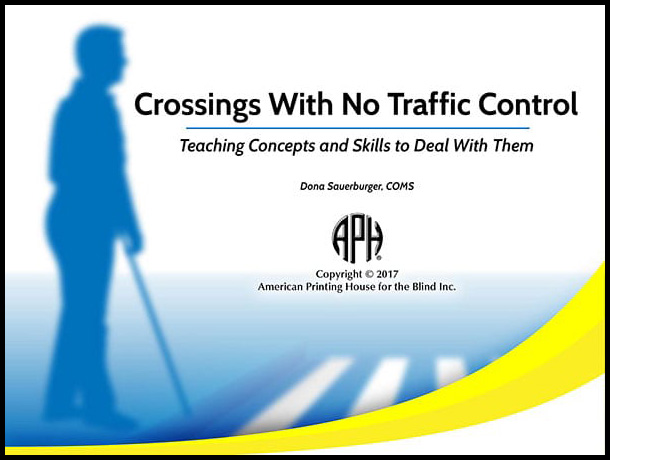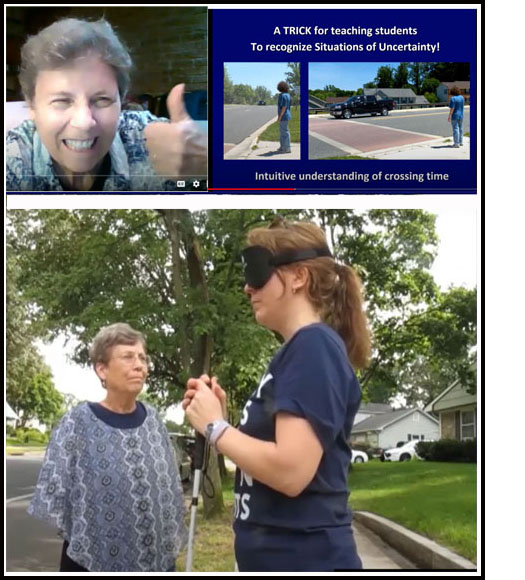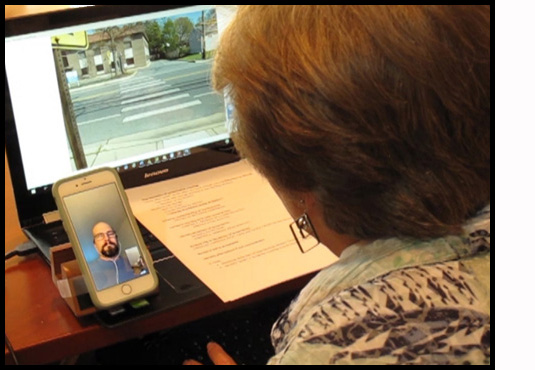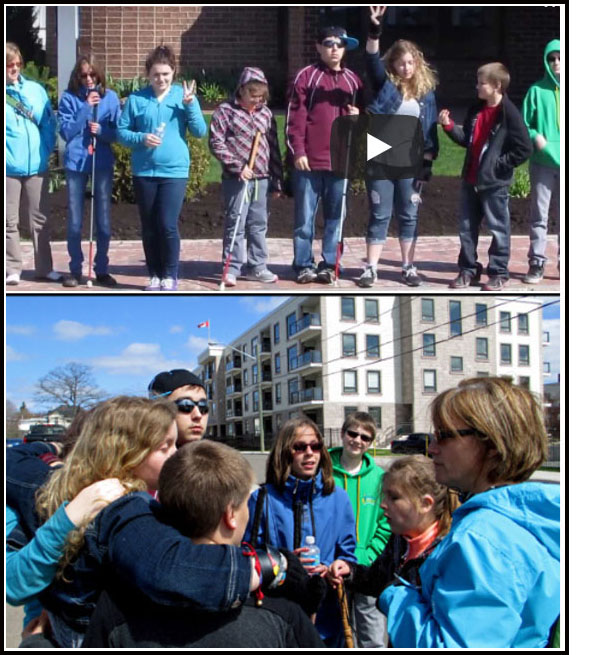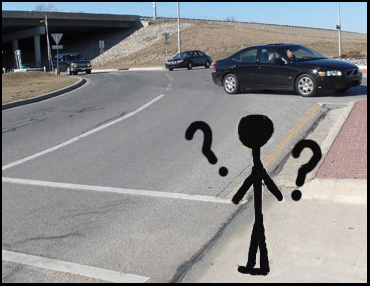
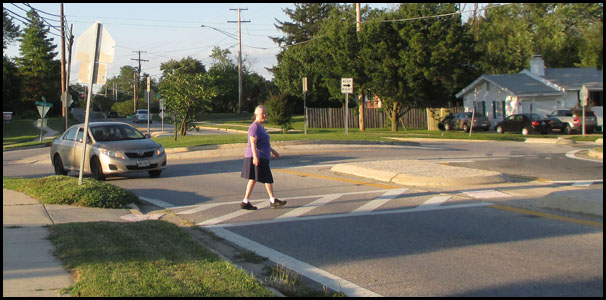
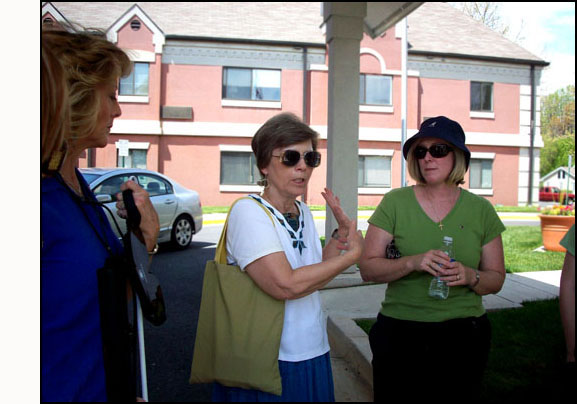

DEDICATED TO DICK AND LORRAINE EVENSEN,
whose deaths in 1987 alerted us to the insidious changes at crossings with no traffic control, such as Situations of Uncertainty,
AND GORDON PARKS, who was killed in 2010 while crossing in a Situation of Uncertainty.
May their memory inspire and remind us to prepare our students to assess and cross these streets safely.
